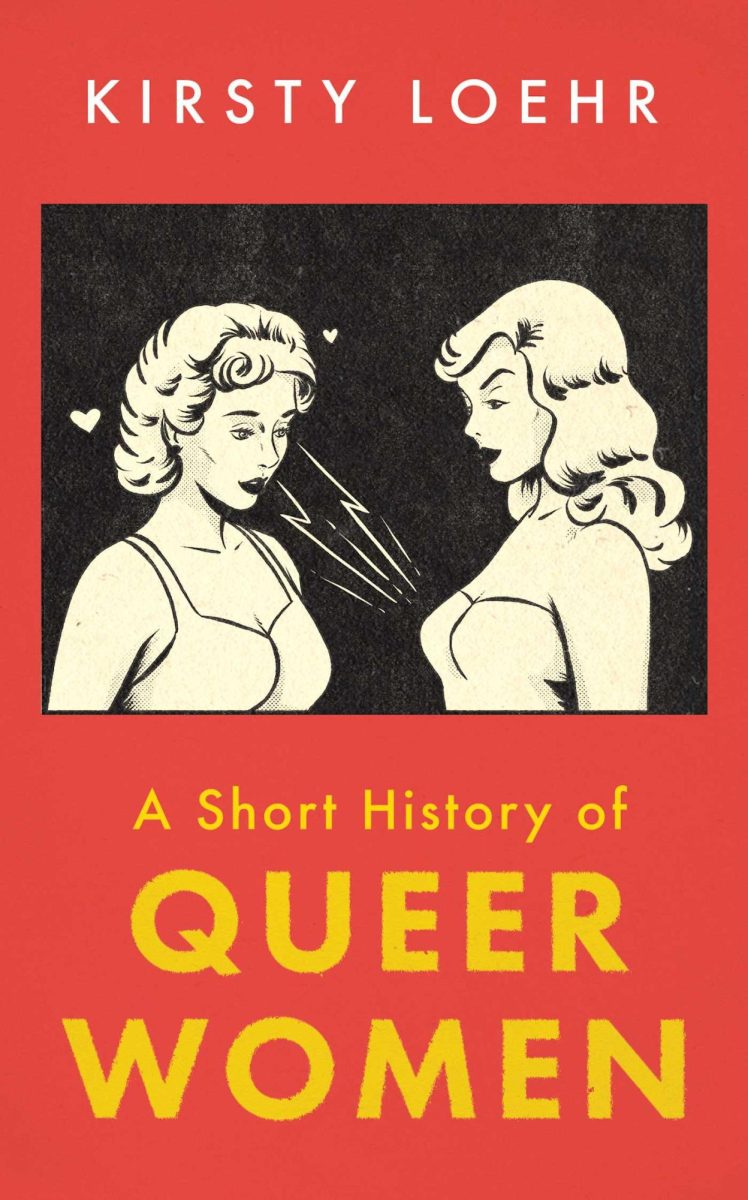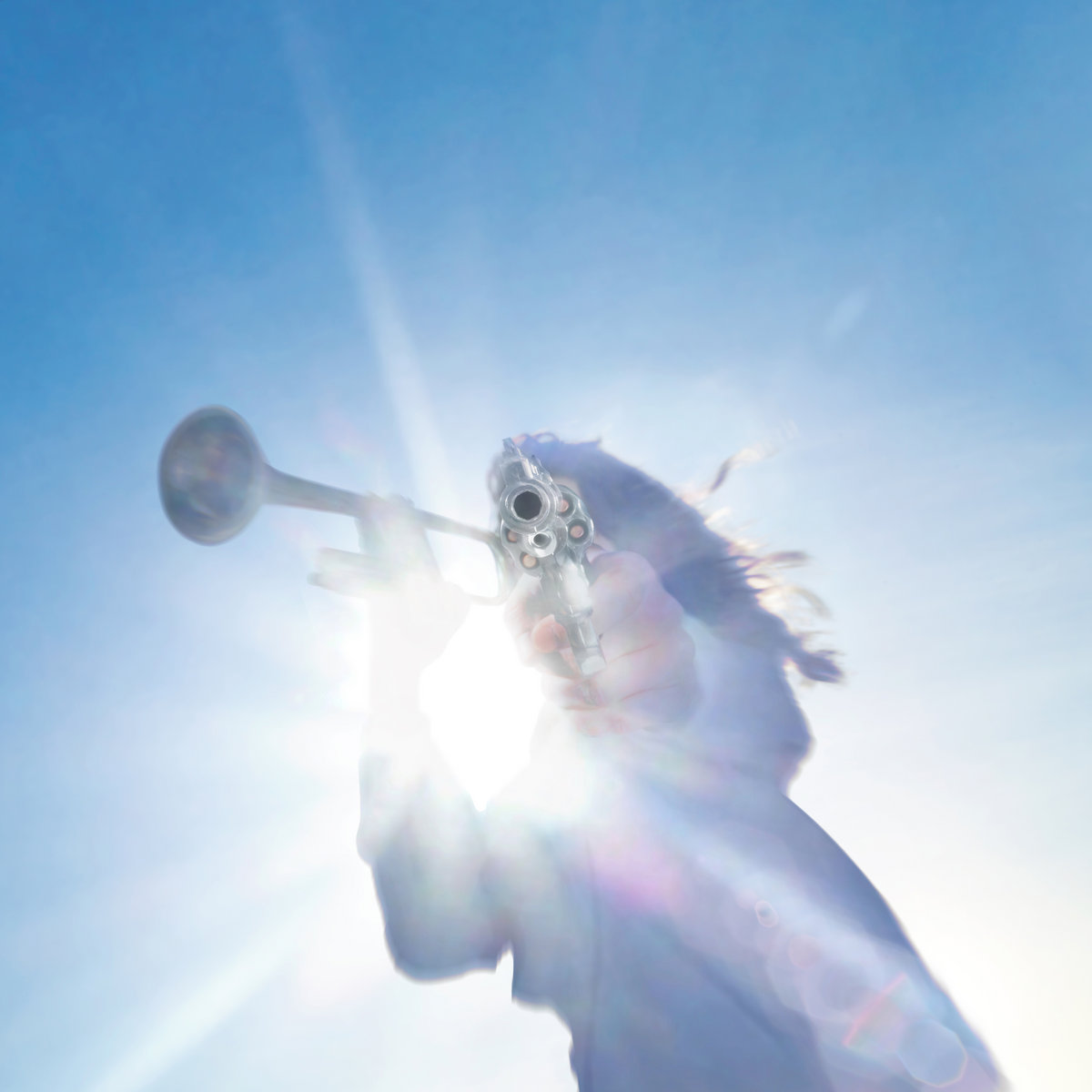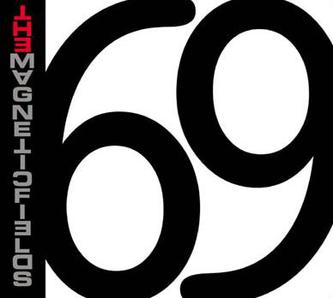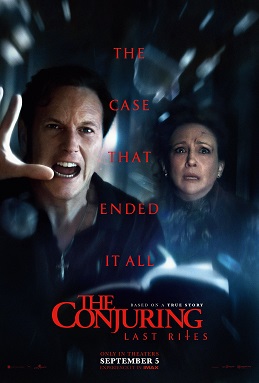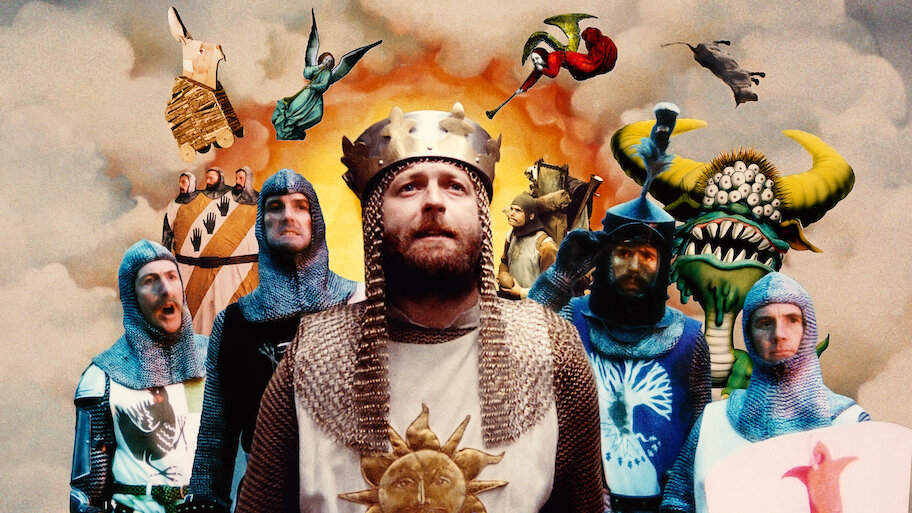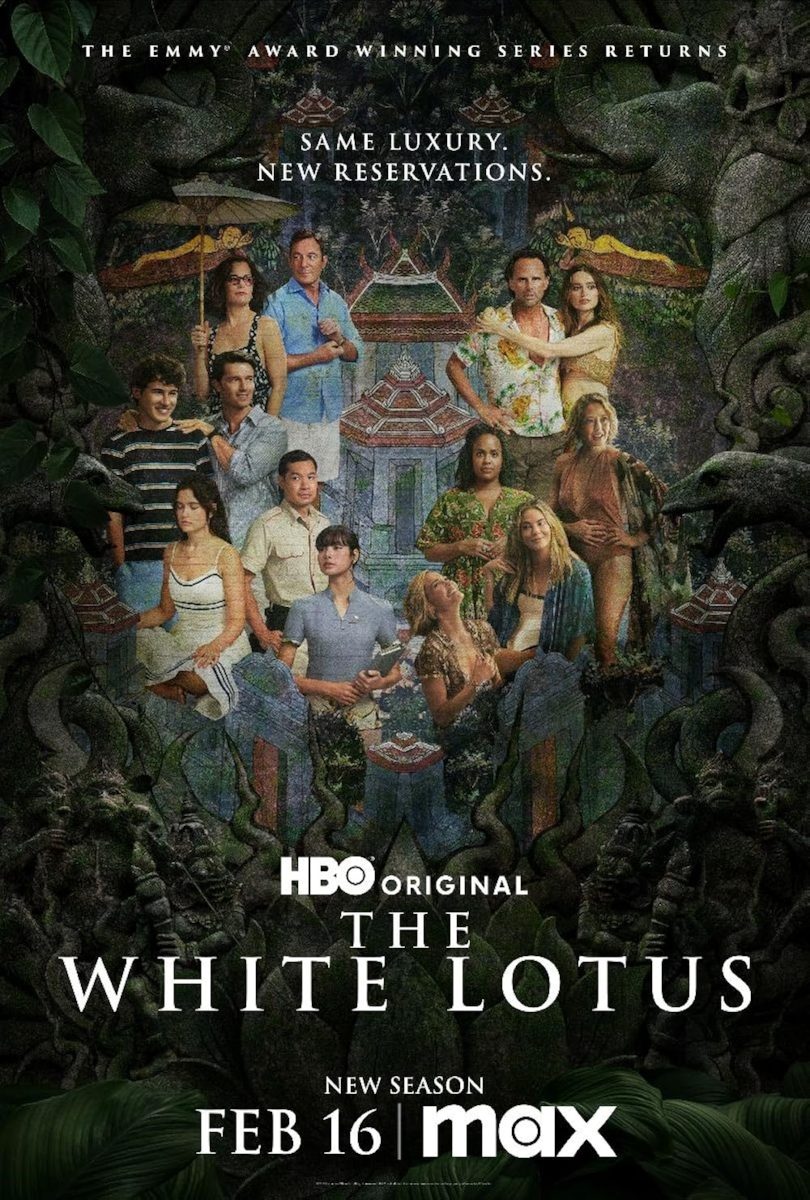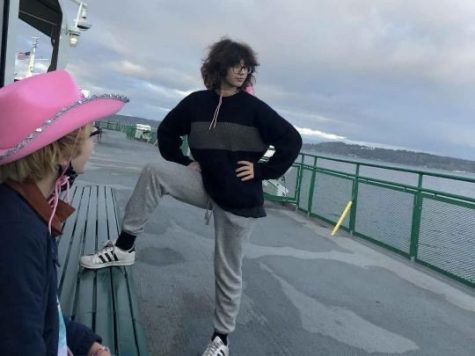Sapphic stories have been hidden and ignored for thousands of years. Many lesbian stories have been lost to the annals of history, forgotten and discarded, and not by accident.
Published in October of 2022 “A Short History of Queer Women” by English author Kirsty Loehr unveils this forgotten history, with practically untold stories from history’s most accredited lesbians. Loehr is funny and witty and doesn’t shy away from the silly side of queer history.
At times in the book you feel like you’re a part of the story. Loehr pulls you into hundreds of years old drama, chronicling the lives and relationships of the lesbians of yesterday. Not every story is heartwarming with a happy end though.
Lesbian history is filled with heartbreak, loss, and plenty of womanizing. The tales told in the course of this book feel like reality TV, with constant melodramatic back and forth, candlelit letters and beard husbands to hide the pain.
Many famous historical women lead secret lesbian double lives, writers like Virginia Woolf and Charlotte Bronte both courted a few women in their day. A president’s wife, Eleanor Roosevelt spent her days writing saucy letters to big bad butch women. Singers like Billie Holiday and Ma Rainey had documented female affairs. Even Queens like Marie Antoinette were rumored to love the ladies.
History is full of queer women even if you’re not looking for them, some famous, some not. Loehr takes care to include all types of stories, from the past lives of out lesbians, those in the closet, life-long happy couples, and a few lesbians who never found love. Every story brings us further into what it was like to love women, when every outside force is working against you.
Loehr shows us some pre-lesbian etymology over the course of the book. Before queer women were labeled as lesbians, there were many terms for the bunch. Lesbians were commonly called inverts, The Ladder a lesbian publication from the 1960s labeled lesbians as “variants.” There were even words being created to try and label non-binary identities like “urnings” in the 1920s-30s but were quickly forgotten once WWII broke out.
One of the most interesting parts of this book was the description of pre-WWII Europe. Gay bars were popping up all over Berlin and Paris, and non-straight identities were tolerated during the time. It was a time of queer prosperity, only to be quickly trampled by Hitler.
“A Short History of Queer Women” is a must read for anybody interested in queer history. It’s a quick and silly read, guaranteed to keep a smile on your face. And who said lesbians weren’t funny?

